- Overview
- Symptoms
- Risks, Prevention & Screening
- Tests & Diagnosis
- Types
- Your Breast Cancer Care Team
- Treatment
- Living With Breast Cancer
- Remission & Recurrence
- Advanced Breast Cancer
- Support & Resources
- Appointment Prep
- View Full Guide
Radiation Therapy for Breast Cancer: What to Know


What Is Radiation Therapy?
Radiation therapy is one treatment option your doctor might suggest for your HR+/HER2- breast cancer. Radiation uses high-energy electromagnetic waves and particles to damage the DNA of your cancer cells. This damage either kills the cancer cells or slows their growth over time.
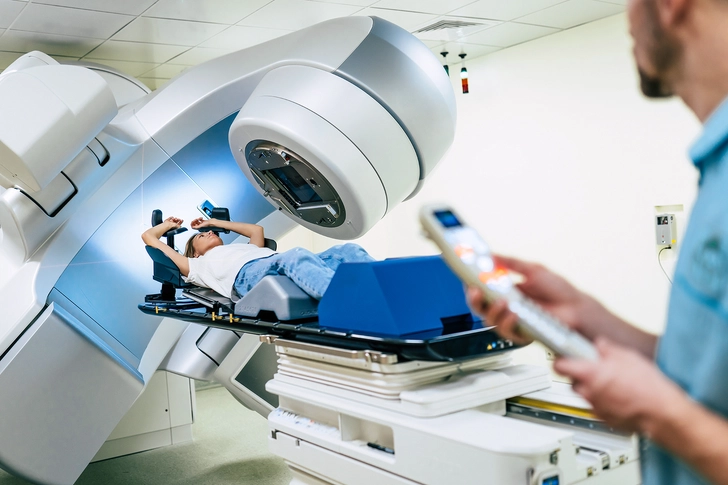
Types of Radiation
Some radiation is external, which means a machine sends a beam of radiation into your body where the cancer cells are. This is the most common type of radiation. Another type is internal radiation, or brachytherapy. If you have surgery to remove a tumor, your doctor puts a radiation device into your breast that emits radiation from inside your body.
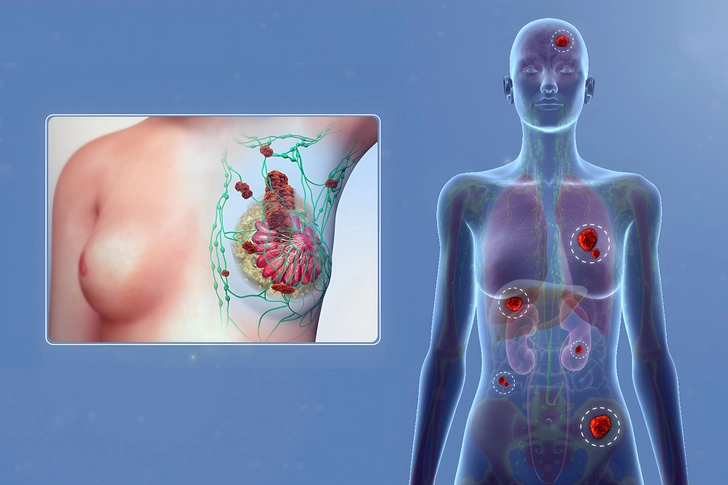
Who Is Radiation For?
The larger and more widely spread your cancer is in your body, the higher the chance your doctor will suggest radiation. Earlier stages of breast cancer (stage 0 or I) are less likely to need radiation than higher stages, but doctors use it for all stages. If you have a lumpectomy, you'll have radiation in the area afterward to lower your risk of recurrence.
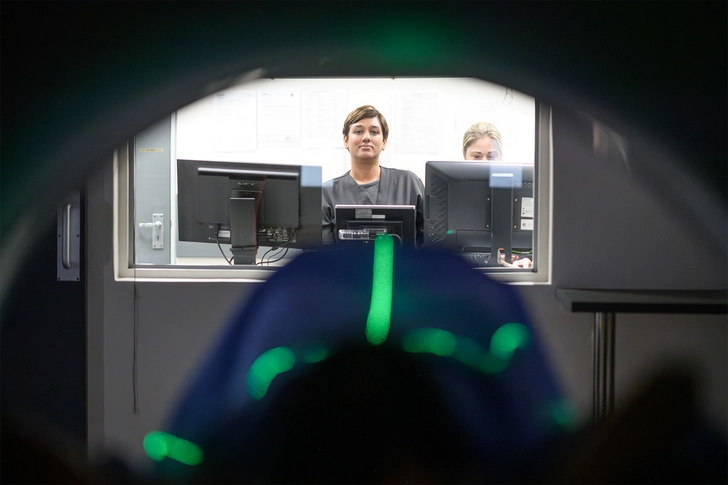
What to Expect at a Radiation Session
A radiation session happens in a cancer center, radiation center, or hospital. Sessions are short. Your doctor may tell you to plan to be there for 30-60 minutes, but the radiation itself is only a few minutes long. Typically, you take off your shirt and the radiation therapist marks the area with a marker or ink. You'll lie very still on a table during your session and may be asked to hold your breath. A radiation therapist operates the machine from another room. Radiation therapy isn't painful. You shouldn't feel anything when you have it.

How Many Radiation Sessions Will I Need?
The number of radiation sessions you need will depend on how high a dose of radiation your doctor gives you at each session. Most commonly, people get radiation once a day, five days a week, for three to five weeks. This means you'd have 15 to 25 sessions total. Sometimes, but not often, doctors will recommend seven weeks of sessions.

Managing Your Radiation Days
You may want to find someone to give you a ride to and from your sessions. Also be sure to check with your insurance to see what is covered and what to expect in terms of paying for treatment. Have some easy snacks or meals prepared ahead at home so you can focus on resting and recovering for your next session.
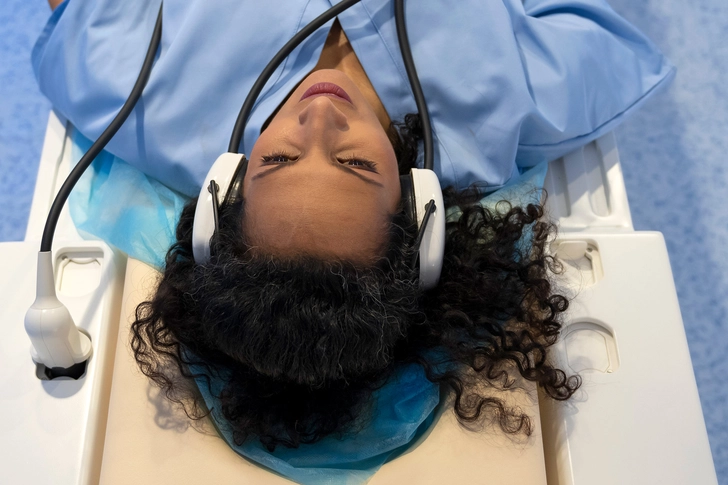
Tips for Radiation Sessions
If you're feeling anxious or worried during your session, let your radiation therapist know. They can pause the session and start again. Some centers offer music during sessions. You might find this calming or pleasantly distracting. Wear clothes you can take off easily, and follow all the prep instructions your center gives you.

After Radiation
Typically, you won't feel any different just after you have a radiation session. Note that if you have internal radiation, your body will give off radiation while the treatment is active, and you may have to limit contact with people during that time. External radiation doesn't make you radioactive.
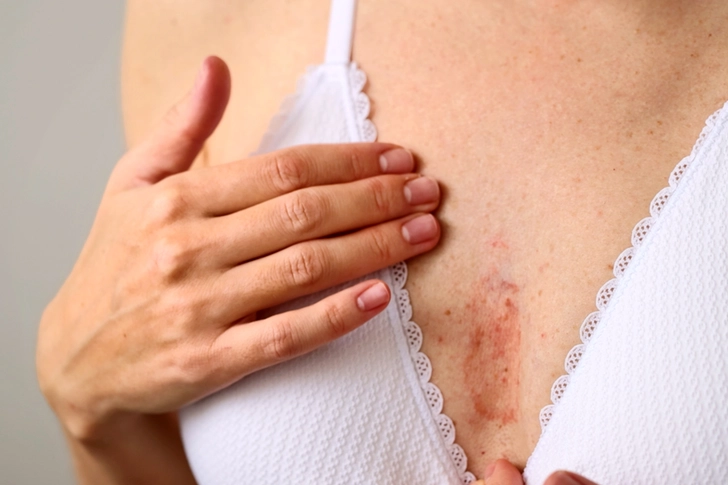
Side Effects of Radiation
The most common side effects people have while they're getting radiation therapy are fatigue, skinirritation, and skin color changes. Your skin might get rough to the touch, turn red, flake, or peel. Some people have pain in the breast that has radiation therapy.

Managing Radiation Side Effects
Plan to be tired for the weeks you're having radiation. If possible, take some time off of work or shorten your hours. Some people don't have fatigue, but if you do, you'll have the time to rest. Keep your clothing loose and breathable, and wash only with lukewarm water and mild soap in your radiation area.

Don'ts During Radiation
Don't use any deodorants, lotions, or other products while you're going through radiation. Not only can they irritate your skin, they may create a film that could interfere with your radiation treatments. If possible, try to maintain the same weight the whole time. Doctors use very precise measurements when mapping out where to point the radiation beam.

When You've Completed Radiation Treatment
Radiation takes time to work. It continues to damage DNA in cancer cells for weeks or even months after your sessions are done. Your doctor will schedule follow-up appointments with you. You may have side effects that happen after treatment ends, such as spider veins, swelling, changes in breast size, and long-term fatigue. This is all normal, but talk to your doctor if your side effects are impacting your quality of life.
IMAGES PROVIDED BY:
Science Photo Library/Getty Images
iStock/Getty Images
Wikimedia commons/Wikipedia
E+/Getty Images
iStock/Getty Images
Johner Images/Getty Images
E+/Getty Images
iStock/Getty Images
Creatas Video+/Getty Images
E+/Getty Images
Moment RF / Getty Images
E+/Getty Images
SOURCES:
National Cancer Institute: "Radiation Therapy to Treat Cancer."
Mayo Clinic: "Radiation therapy for breast cancer."
Frontiers in Oncology: "The role of radiotherapy in HER2+ early-stage breast cancer patients after breast-conserving surgery."
MD Anderson Cancer Center: "Radiation treatment for breast cancer: What to expect," "Radiation therapy: What to expect."
American Cancer Society: "Getting External Beam Radiation Therapy."
Living Beyond Breast Cancer: "Radiation schedules for breast cancer treatment."
Cleveland Clinic: "Radiation Therapy for Breast Cancer."
Yale Medicine: "Managing Side Effects from Radiation Therapy."
Memorial Sloan Kettering Cancer Center: "About Your External Beam Radiation Therapy to Your Breast or Chest Wall."